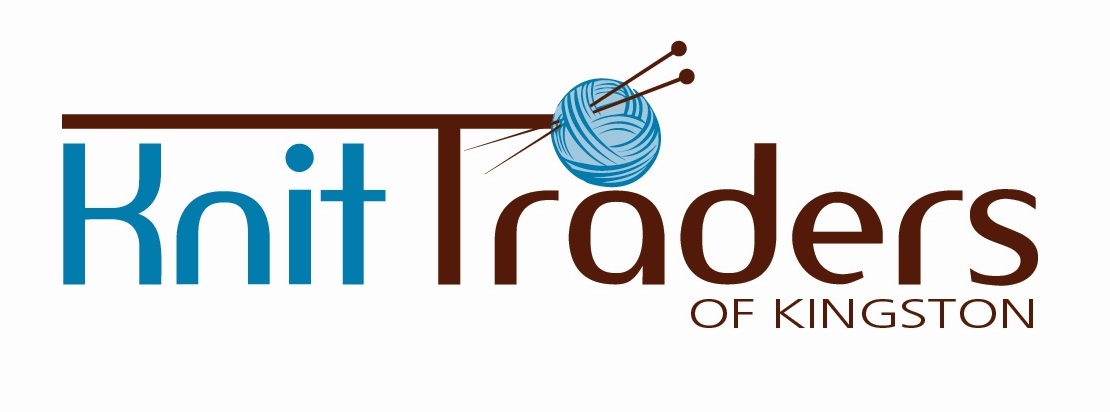MATERIALS:
200g worsted/Aran weight wool
6mm
double pointed needles.
DIRECTIONS:
(make 2)
Cast
on 48 stitches and join in the round, distributing stitches evenly on
3 needles.
Knit
12 (16) rounds for the cuff. Purl 2 rounds. Knit 14 (16) rounds to
the thumb position. Slip first 10 stitches onto a stitch holder. Cast
on 10 stitches in their place and rejoin in the round.
Knit
straight for 28 (32) rounds or until mitt is slightly longer than the
hand.
Decrease
at the top of the mitt:
1st
round: *K6, K2tog. Repeat from * to the end of the round. 42 sts.
2nd
and all even rounds: Knit
3rd
round: *K5, K2tog. Repeat from * to the end of the round. 36 sts.
5th
round: *K4, K2tog. Repeat from * to the end of the round. 30 sts.
Continue
decreasing in this manner every 2nd
round having 1 less stitch each time between decreases twice more. 18
sts.
Break
yarn and thread onto a darning needle. Slip the stitches onto the
darning needle and pass the yarn through all 18 sts twice and tie off
securely.
To
make thumb:
K10
stitches from the holder and pick up and knit 1 st from side of
opening. TURN.
Purl
across 11 sts and pick up and knit 1 st from the other side of
opening. TURN.
Pick
up and knit 10 more stitches from the cast on edge of the thumb
opening, join in the round and distribute stitches evenly over the 3
needles. 22 sts.
1st
round and all odd rounds: Knit.
2nd
round: K14, K2tog, K2. 17 sts.
4th
round: K13, K2tog, K2. 16 sts.
6th
round: K12, K2tog, K2. 15 sts.
Knit
11 more rounds even.
Next
round: (K1, K2tog) 6 times, K2. 14 sts.
Next
round: (K1, K2tog) 4 times, K2tog. 9 sts.
Break
yarn and thread onto a darning needle. Slip the stitches onto the
darning needle and pass the yarn through all 9 sts twice and tie off
securely.
Fulling
(felting/shrinking) your mittens.
Place
mittens in a protective cloth bag (zippered pillow case cover). Set
washing machine to the hottest
wash
and coldest
rinse
and lowest
water level
settings that it allows and run through the entire cycle. You can add
some old towels to increase agitation but it generally isn’t
necessary.
Remove from
machine at the end of the cycle and flatten, shape, stretch (if
necessary) and allow to dry flat, (not in the dryer) turning on
occasion to allow for better circulation.
Notes:
Front loading washing machines are generally too gentle to do a good
job of felting. To help with this, try adding a kettle of boiling
water to the wash cycle through the liquid detergent opening.
If
necessary, the washing process can be done a second time.
Copyright,
2015, Anne Woodall, KnitTraders of Kingston.










